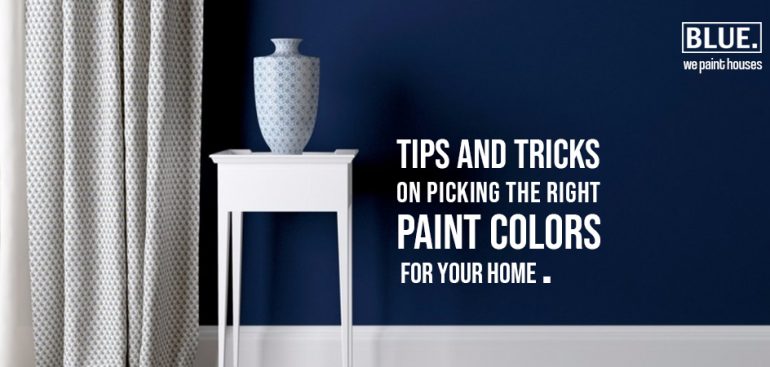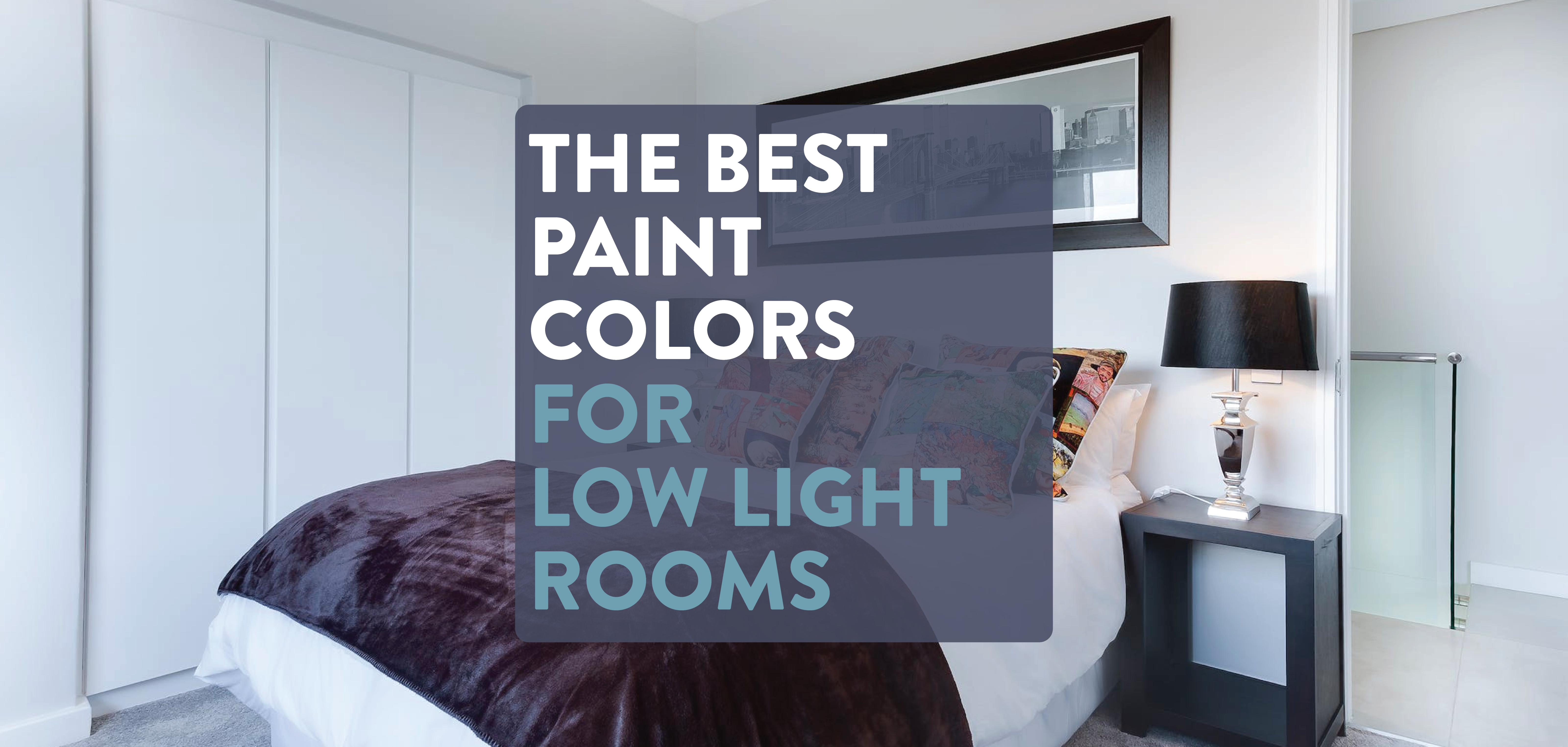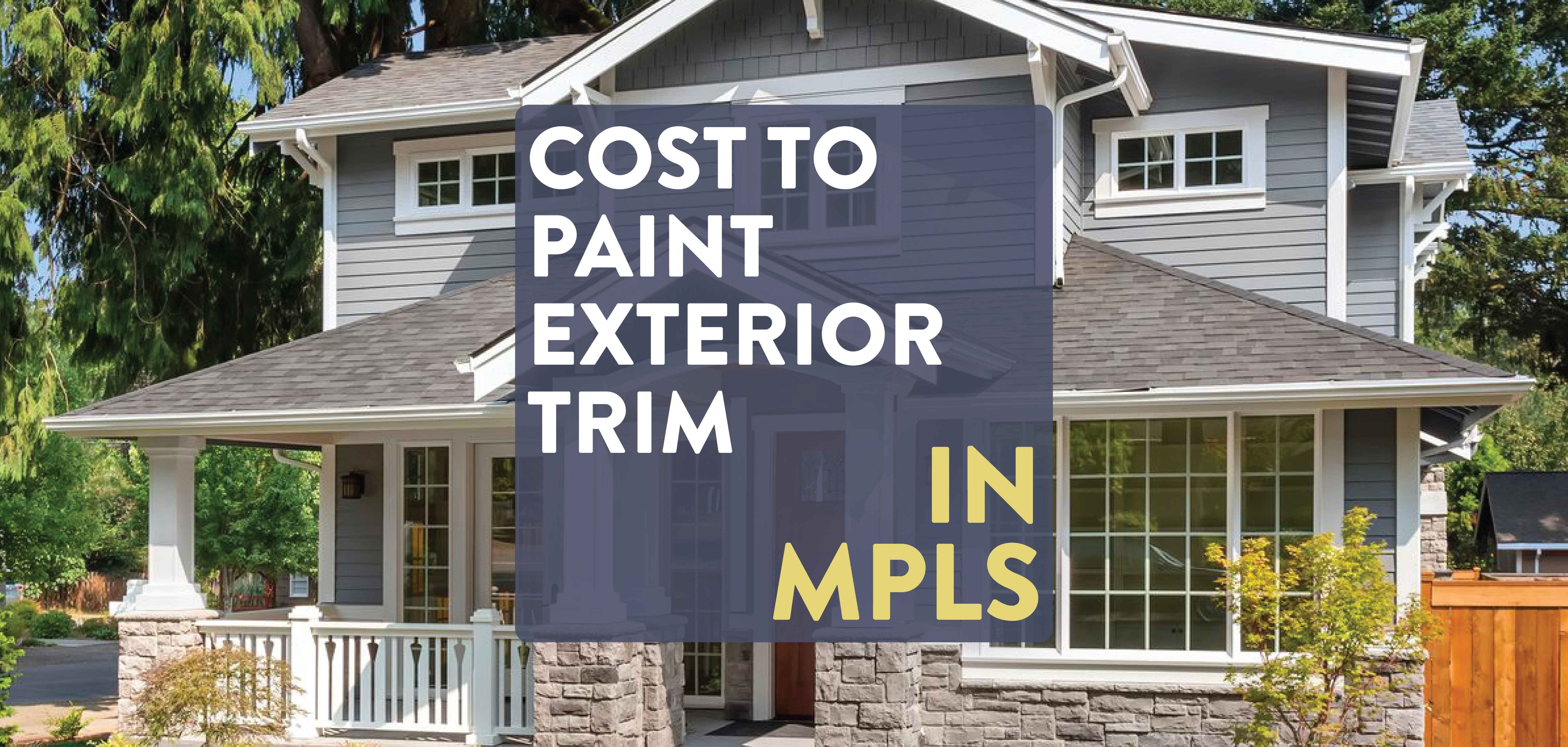Painting is an easy and cheap way to give a refreshing change to an old room or to make your house more sellable when putting it up for sale. When it comes to decorating your home, selecting a color palette is both the most important and the most challenging part for many. With some thought and consideration, you can quickly select the right colors for your house. Read on to learn these useful tips on how to choose paint colors for your home. Soon, you will be on your way to finding the right hue for every room in your house.
Pick a Color Complimenting Your Furniture and Decor
Unless you plan on buying all new furniture, using the existing decor as a jumping-off point will give you a head start. To do this first, choose a couple of colors that compliment the current items you have in your room, then head off to your local paint store to grab some color swatches. When you get back, pair them with the other colors in the room. Because choosing a paint color for your home is a lot about feeling, ask yourself how each color combination makes you feel. Try starting with a contrasting color or a lighter shade of the existing decor.
Start with the most centrally located area
Most likely, it will be your living room or kitchen, which are both great places to start working on your entire home palette. If choosing colors has you overwhelmed, having a soft, neutral shade for the living room area will make it easier to choose other colors. Moreover, one can never go wrong with white.
Check the trending paint colors for your home
If you have absolutely no idea what general color you want to paint a space, and you need some inspiration, there are a few incredible resources and great inspiration out there for you. The top example is Pinterest. When deciding on paint colors for your home, it is a great place to start with. Create a board for each of your rooms you will be painting and start pinning any rooms you stumble upon that you find alluring. Once you have got around 10, you will get a sense of what color and style you are inclined to choose. Fashion magazines, interior design firms, and painting companies are also great places to find inspiration.
Lighting Matters
Lighting is an important element of all home decorating and critical not to neglect it. Light reflects and deflects color, constantly changing its appearance throughout the day. The truest shades of space are those seen in the hours of daylight, though the hues will vary as the day progresses and lighting shifts. Various light bulbs will also affect color appearance. For example, indigo can appear bluer in one room and look much more red in another. When selecting paint colors for your home the best thing to do is to grab paint samples(which you can get for pretty cheap from your local paint store) to see exactly what it looks like on your wall.
Identify the undertone
It’s important to know the undertone while choosing the color, particularly for neutrals. For example, light gray can have purple, yellow, blue, green, etc. undertones that you cannot really see until it is covering a whole wall. Looking at the darkest color on the stripe in a fan deck is the easiest way to find the undertone. Then you can be certain of having agreeable undertones in your wall colors, avoiding surprises when that gray suddenly looks pink!
Create a color scheme of your own!

Use a color wheel to help you make a suitable color scheme that matches your style. These are the four main color pairings you can consider:
Monochromatic

This color scheme is comprised of different shades or tints of the same hue(including black and white as well). For example, if you start with a blue you could pair it with a lighter and darker blue in the same hue. This gives your home’s color palette depth.
Analogous

This color scheme uses the colors appearing directly next to each other on the color wheel. This color combo is versatile but can be overwhelming. Because of this, it’s best to choose one as the dominant color and use the others as accents.
Triadic

Three equally spaced colors make up the Triad color scheme. Due to the contrast of the colors, it is a highly versatile combination. As is true with the Analogous scheme, choosing one dominant color and using the others as accents will help give balance. Try this when you are looking for a color to accent your furniture.
Contrast

There is a triad of colors used in this case, including colors like red-purple, green-blue, and yellow-orange. These colors add brightness to the walls of your house.
Complementary

Lastly, the Complementary color scheme uses directly opposing colors, such as blue and orange or pink and green. These contrasting colors will create a vibrant, highly energetic, and bold ambiance in your home.
Apply these simple tips when choosing paint colors for your home. If you are still needing further help when picking your paint colors or need a professional to put the paint on the wall, schedule a free consultation with one of our Project Advisors!




